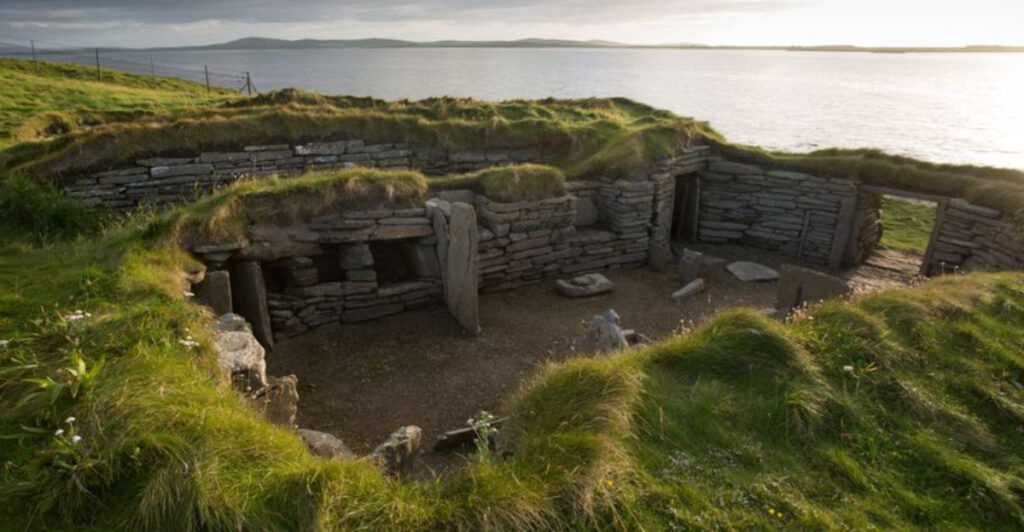Walking through Europe today, you’ll find castles, cathedrals, and modern cities everywhere you look. But hidden beneath our feet and carved into cliffs lie the continent’s most incredible secrets – homes that sheltered our earliest ancestors hundreds of thousands of years ago.
From cave dwellings where prehistoric families gathered around fires to stone villages that survived ice ages, these ancient homes tell amazing stories of human survival and creativity.
1. Terra Amata – Nice, France
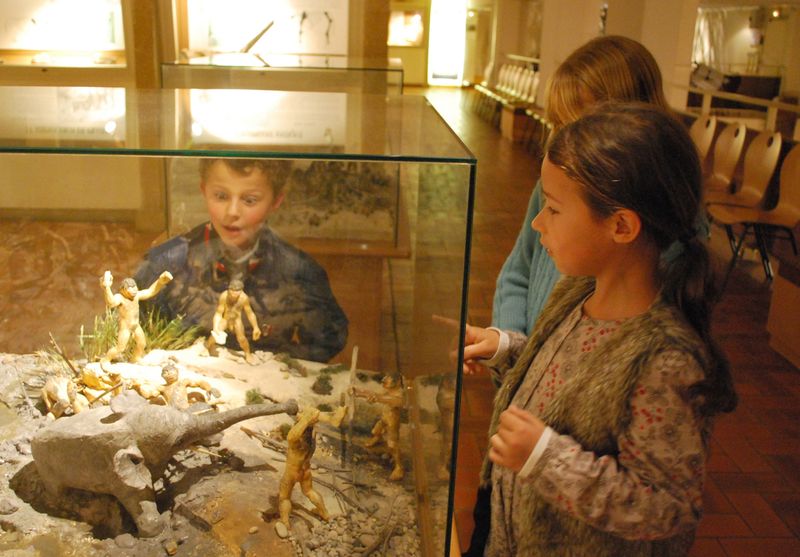
Picture standing where humans first learned to build shelters nearly half a million years ago. Terra Amata holds this incredible distinction as possibly Europe’s oldest structured dwelling site.
Archaeological evidence reveals oval-shaped huts with central hearths, where early humans cooked meals and stayed warm during harsh winters. Stone tools scattered throughout the area show how these ancient people lived and worked.
Visiting Terra Amata feels like stepping into humanity’s earliest chapter. The museum displays actual hut foundations and artifacts that prove our ancestors were far more sophisticated than many people realize, making this site absolutely essential for understanding human evolution.
2. Kozarnika Cave – Bulgaria

Deep within Bulgaria’s countryside lies evidence of Europe’s earliest known human presence, dating back an astounding 1.4 million years. Kozarnika Cave served as shelter for countless generations of early humans.
While public access remains limited due to ongoing excavations, nearby museums showcase incredible discoveries from this site. Ancient tools, bones, and evidence of fire use paint a vivid picture of prehistoric life.
Scientists continue uncovering new secrets about how early humans survived Europe’s changing climate. The cave’s layers tell stories spanning over a million years, making it one of archaeology’s most important sites for understanding human migration and adaptation patterns across continents.
3. Skara Brae – Orkney Islands, Scotland

Imagine discovering a perfectly preserved Stone Age village after a violent storm strips away sand dunes. That’s exactly how Skara Brae was found in 1850, revealing Europe’s most complete prehistoric settlement.
Built between 3180-2500 BC, this remarkable village features stone houses with furniture still intact. Beds, dressers, and storage boxes carved from stone show how Neolithic families organized their daily lives.
Walking through Skara Brae feels like traveling through time. The village predates Stonehenge and Egypt’s pyramids, yet its sophisticated design and preservation make it seem almost modern, offering unparalleled insights into prehistoric community living.
4. Knap of Howar – Papa Westray, Orkney, Scotland

Standing proudly on Papa Westray island, Knap of Howar claims the title of Northern Europe’s oldest standing house, built around 3700 BC. These two connected stone buildings have weathered nearly 6,000 years of Atlantic storms.
The larger building served as the main family home, while the smaller structure functioned as a workshop or storage area. Stone hearths and doorways remain remarkably well-preserved.
Visiting requires a short flight to Papa Westray, but the journey rewards you with an intimate glimpse into Neolithic family life. The site’s remote location helped preserve these ancient walls, making it a truly special archaeological treasure.
5. Sassi di Matera – Matera, Italy
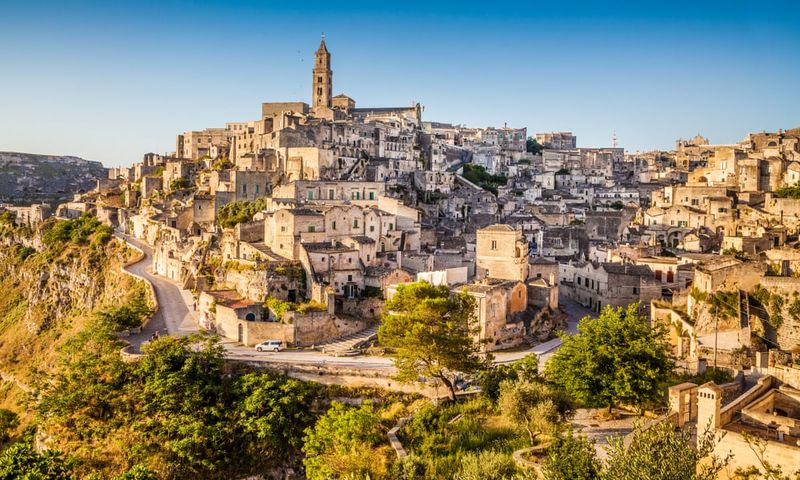
Carved directly into limestone cliffs, Matera’s cave homes have sheltered families continuously since Paleolithic times. This UNESCO World Heritage site represents one of humanity’s longest-running neighborhoods.
Ancient dwellings now serve as boutique hotels, restaurants, and museums, allowing visitors to sleep where Stone Age families once lived. Rock churches and frescoes add layers of history spanning millennia.
Matera gained international fame as a filming location for movies like “The Passion of the Christ.” The city’s transformation from poverty to tourist destination shows how ancient architecture can find new life while preserving its incredible historical significance for future generations.
6. Matala Caves – Crete, Greece

Carved into dramatic coastal cliffs, Matala’s caves served as homes from Neolithic times through the Roman era, then gained unexpected fame in the 1960s as a hippie commune destination.
These artificial caves overlook crystal-clear Mediterranean waters, creating one of Europe’s most scenic ancient dwelling sites. Roman tombs were later converted into living spaces by various inhabitants.
Today’s visitors can explore the caves and enjoy nearby beaches where ancient families once fished and gathered food. The site perfectly blends archaeological significance with natural beauty, offering a unique glimpse into how location influenced prehistoric settlement patterns along Mediterranean coastlines.
7. Fiavé Pile Dwellings – Trentino, Italy

Built on wooden stilts over ancient lake waters, Fiavé’s pile dwellings represent ingenious prehistoric engineering solutions. These elevated homes protected families from flooding while providing easy access to fishing and transportation.
The Museum of Palafitte displays perfectly preserved wooden artifacts, tools, and household items recovered from lake sediments. Reconstructed stilt houses show how Bronze Age communities adapted to wetland environments.
Archaeological evidence spans nearly 4,500 years, revealing how lake village life evolved over time. The site demonstrates remarkable preservation due to waterlogged conditions, offering insights into prehistoric daily life that dry land sites simply cannot provide to modern researchers.
8. Heuneburg – Baden-Württemberg, Germany
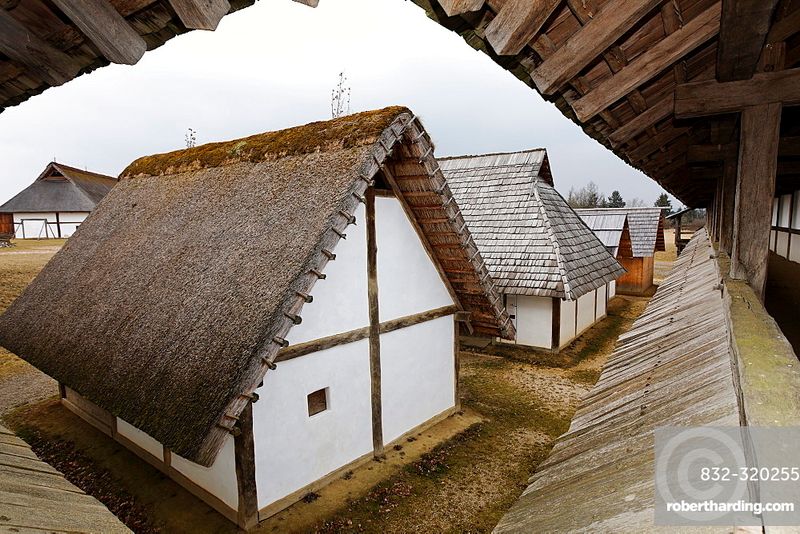
Rising from German hillsides, Heuneburg represents one of Europe’s first experiments with urban living. This Celtic settlement featured sophisticated fortifications and organized neighborhoods between 600-400 BC.
Reconstructed buildings and defensive walls help visitors understand how Iron Age communities organized themselves. Archaeological evidence reveals trade connections spanning from the Baltic Sea to Mediterranean regions.
The site’s museum showcases luxury items like Greek pottery and amber jewelry, proving Heuneburg’s residents enjoyed considerable wealth and international connections. Walking through reconstructed Celtic homes provides fascinating insights into how European urban civilization began developing thousands of years ago.
9. Jarlshof – Shetland, Scotland
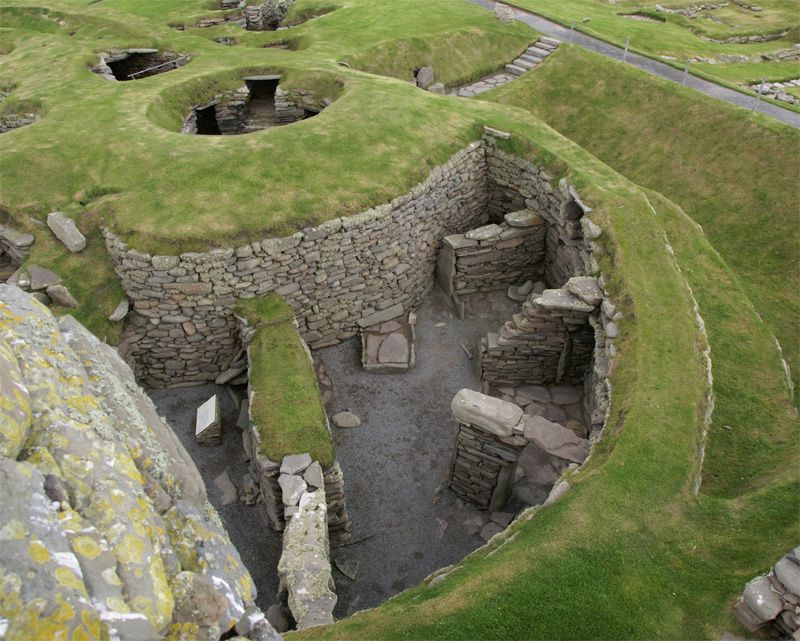
Jarlshof tells Scotland’s complete story through layers of homes built atop each other across 4,500 years. Bronze Age roundhouses, Viking longhouses, and medieval buildings create an archaeological layer cake.
Each civilization built directly over previous settlements, creating a unique timeline visible in stone walls and foundations. Visitors can trace human adaptation from prehistoric times through Norse occupation.
The site’s coastal location provided consistent resources for fishing and farming throughout millennia. Storm damage in 1897 first revealed these hidden treasures, leading to excavations that continue uncovering new insights into how different cultures adapted the same strategic location for their needs.
10. Branč Archaeological Park – Slovakia
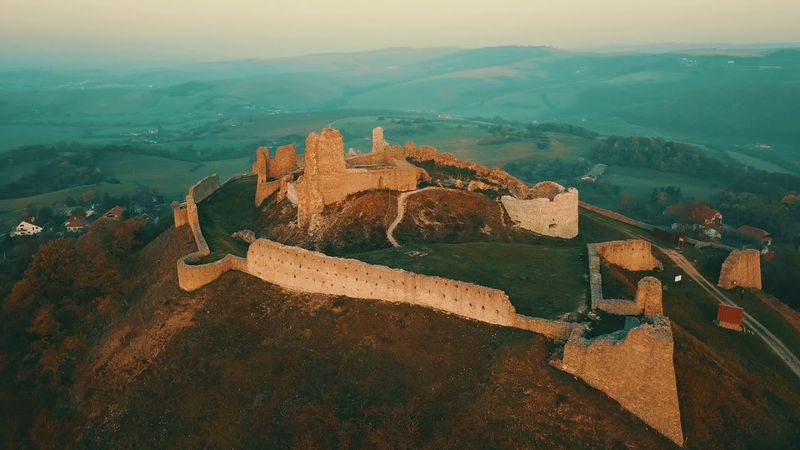
Nestled in Slovakia’s Carpathian foothills, Branč Archaeological Park spans an incredible 200,000 years of human habitation. This open-air museum brings prehistoric life to vivid reality through reconstructed settlements.
Visitors can enter authentic replicas of Stone Age huts, Bronze Age homes, and Roman-era buildings. Interactive demonstrations show how ancient people made tools, cooked food, and survived harsh mountain winters.
The park’s educational programs allow families to experience prehistoric daily life firsthand. Archaeological evidence reveals how early humans adapted to mountainous environments, developing unique survival strategies that helped them thrive in challenging Carpathian conditions for thousands of generations.
11. Altxerri Cave – Basque Country, Spain

Hidden within Basque mountains, Altxerri Cave preserves some of Europe’s most remarkable prehistoric art alongside evidence of human habitation dating back 40,000 years. Ancient families created both shelter and masterpieces here.
Cave paintings and symbolic markings reveal sophisticated artistic expression among Paleolithic communities. Limited access protects these fragile treasures while allowing researchers to study early human creativity.
The surrounding region contains numerous cave dwelling sites, making it a hotspot for understanding how Ice Age Europeans lived and expressed themselves. Guided tours reveal how our ancestors combined practical survival needs with artistic impulses, creating lasting cultural legacies.
12. Chauvet Cave Replica – Ardèche, France
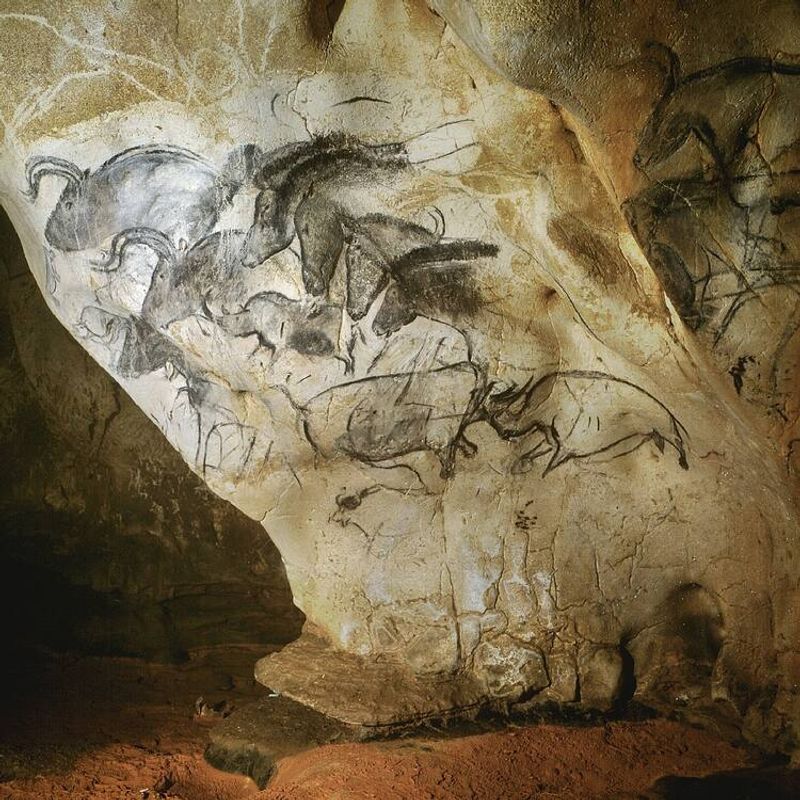
Since the original Chauvet Cave remains closed to protect its 36,000-year-old treasures, this incredible replica recreates every detail of humanity’s earliest known artistic achievement. Advanced technology reproduces prehistoric paintings with stunning accuracy.
Guided tours reveal how Paleolithic families lived alongside magnificent cave art featuring lions, bears, and rhinoceros. The replica preserves original cave dimensions and atmospheric conditions.
Interactive exhibits demonstrate how early humans created pigments and painting techniques that survived tens of thousands of years. This remarkable reproduction allows visitors to experience authentic prehistoric cave dwelling while protecting the original site for future scientific research and discoveries.

